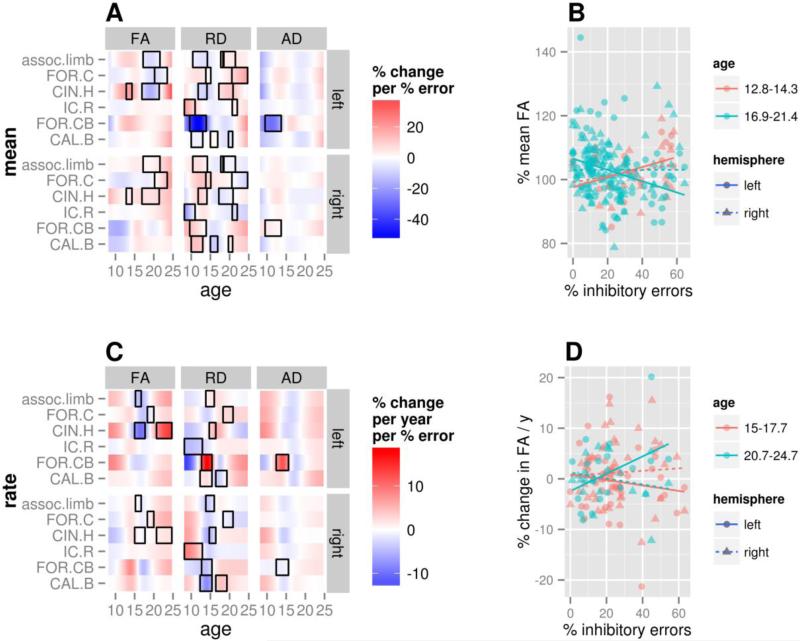Figure 4. Associations between inhibitory errors, white matter development and hemispheric differences.
Heatmaps represent the association between behavior and (A) mean WM levels and (C) rates of change in WM development. These plots are divided into three columns corresponding to FA, RD and AD, respectively; they are further divided by hemisphere (top=left, bottom=right). Each row is an ROI whose label abbreviation is explained in Table 1; included ROIs were significant for at least one of the three measures. Colors represent magnitude of brain behavior correlation (red=positive, blue=negative). Black rectangles indicate stages with significant hemispheric differences in brain-behavior associations. These differences predominantly reflect significant brain-behavior correlations in the left hemisphere, but not the right. The scatterplots further illustrate these associations in a single region (CIN.H) for the measure FA by showing individual subject brain and behavioral measures within significant stages of association; data points (single scans or scan-to-scan changes) were included if they fell within the stage (in some cases, subjects have multiple points plotted). For each stage, a simple linear fit highlighting the direction of association (B: mean-level FA vs. inhibitory errors; D: rate of change in FA vs. inhibitory errors). Colors in these plots represent different significant stages of association, with ages identified in the legends. Hemispheres are plotted separately (left=circles/solid line, right=triangles/dotted line).

